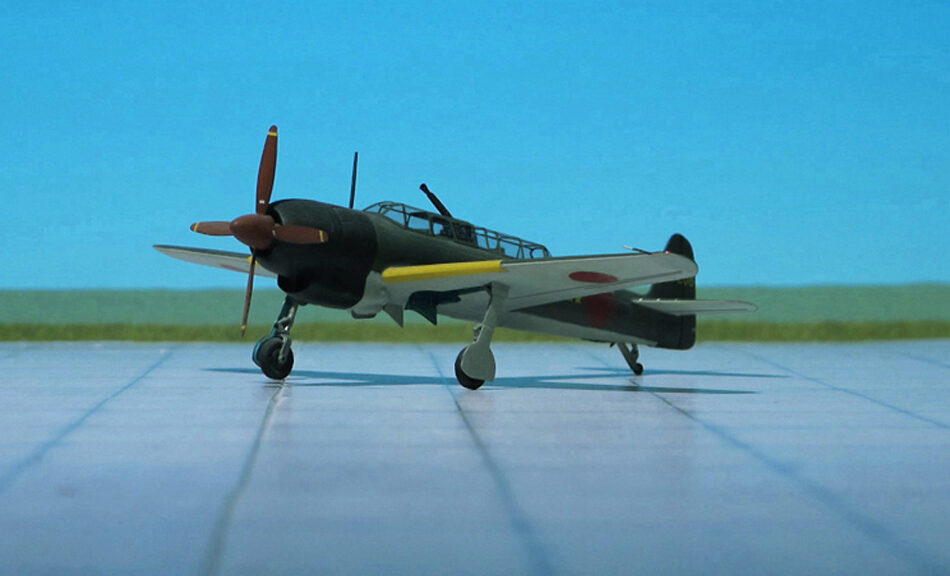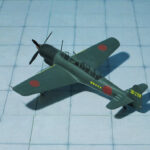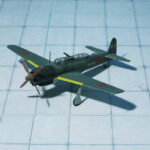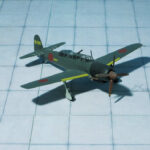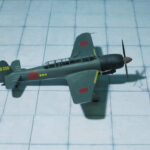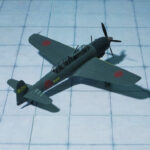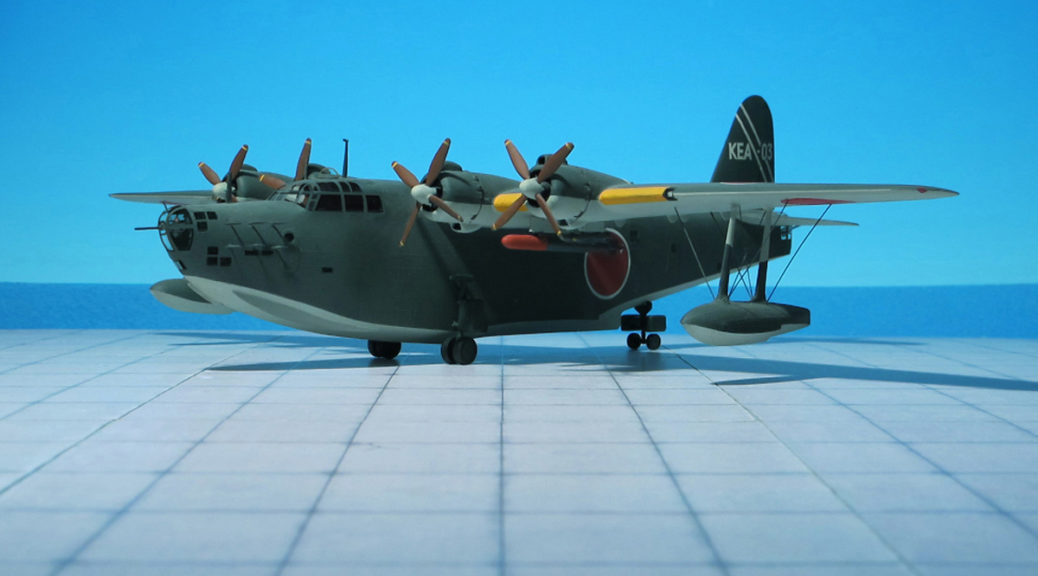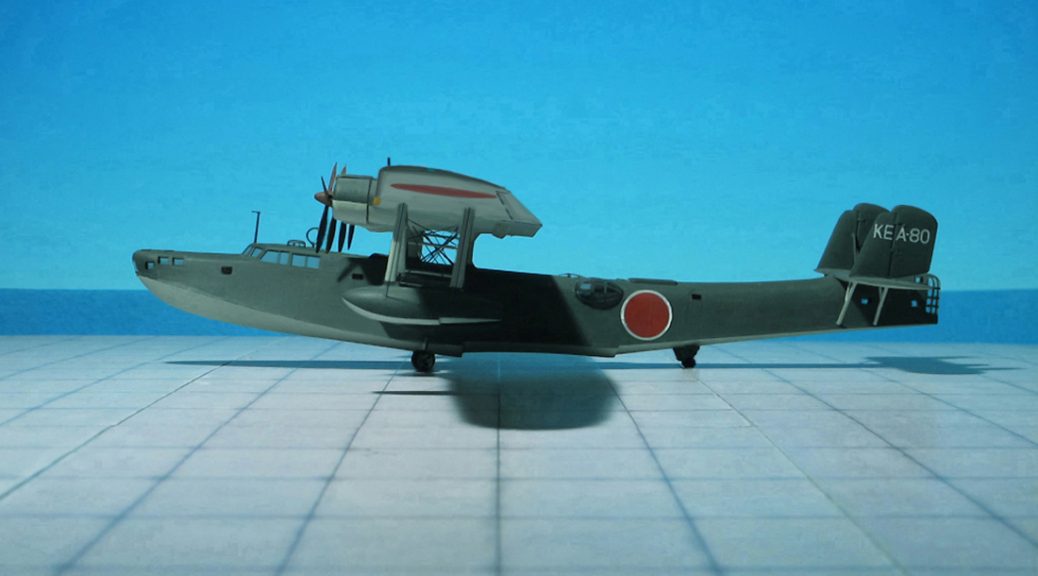TYPE: Carrier-based reconnaissance aircraft, land-based night fighter
ACCOMMODATION: Crew of two
POWER PLANT: One Nakajima NK9B Homare 11 air-cooled radial engine, rated at 1,991 hp
PERFORMANCE: 380 mph at 20,000 ft
COMMENT: The Nakajima C6N Saiun ( “Iridecent Cloud“) was a carrier-based reconnaissance aircraft used by the Imperial Japanese Navy Air Service in World War II. Advanced for its time, it was the fastest carrier based aircraft put into service by Japan during the war. The Allied reporting name was Myrt.
The Nakajima C6N originated from a 1942 Imperial Japanese Navy specification for a carrier-based reconnaissance plane with a top speed of 403 mph at 19,700 ft and a range of 2,500 nautical miles. Nakajima’s initial proposal, designated N-50, was for a craft with two 1,000 hp engines housed in tandem in the fuselage, driving two propellers mounted on the wings. With the development of the 2,000 hp class Nakajima Homare engine, the dual powerplant configuration was abandoned and Nakajima decided on a more conventional single-engine layout. Unfortunately the new Homare’s power output was less than expected, and the design had to be optimized in other areas. The resulting aircraft was designed around a long and extremely narrow cylindrical fuselage just large enough in diameter to accommodate the engine. The crew of three sat in tandem under a single canopy, while equipment was similarly arranged in a line along the fuselage. The C6N’s low-mounted laminar flow wing housed fuel tanks and was fitted with both Fowler and slit flaps and leading-edge slats which lowered the aircraft’s landing speed to ease use aboard aircraft carriers. Like Nakajima’s earlier B6N Tenzan torpedo bomber, the vertical stabilizer was angled slightly forward to enable tighter packing on aircraft carrier decks.
The C6N’s first flight was on May 1943, with the prototype demonstrating a speed of 397 mph. Performance of the Homare engine was disappointing, especially its power at altitude, and a series of 18 further prototypes and pre-production aircraft were built before the Saiun was finally ordered into production in February 1944.
Although designed for carrier use, by the time it entered service in September 1944 there were few carriers left for it to operate from, so most C6Ns were flown from land bases. Its speed was exemplified by a telegraph sent after a successful mission: “No Grummans can catch us.” The top speed of the Grumman F6F Hellcats was indeed of the same level, so overtaking a Saiun was out of the question.
A total of 463 aircraft were produced. A single prototype of turbocharged development mounting a 4-blade propeller was built; this was called the C6N2 Saiun-kai. Several examples of a night fighter version C6N1-S with oblique-firing (Schräge Musik configuration) single 30 mm (or dual 20 mm) cannon were converted from existing C6N1s. As Allied bombers came within reach of the Japanese home islands, a first class night fighter was required. This led Nakajima to develop the C6N1-S by removing the observer and replacing him with two 20 mm cannons. The C6N1-S’s effectiveness was hampered by the lack of air-to-air radar, although it was fast enough to enjoy almost complete immunity from interception by Allied fighters. The 30 mm version was only used to attack Boeing B-29 Superfortress once, on August 1, 1945. The destructive power of the Type 2 cannon extended to twisting the skin of the Saiun’s lightweight fuselage.
A torpedo carrying C6N1-B was also proposed, but was not needed after most of Japan’s aircraft carriers were destroyed.
Despite its speed and performance, on 15 August 1945 a C6N1 happened to be the last aircraft to be shot down in World War II. Just five minutes later, the war was over and all Japanese aircraft were grounded (Ref. 24).
